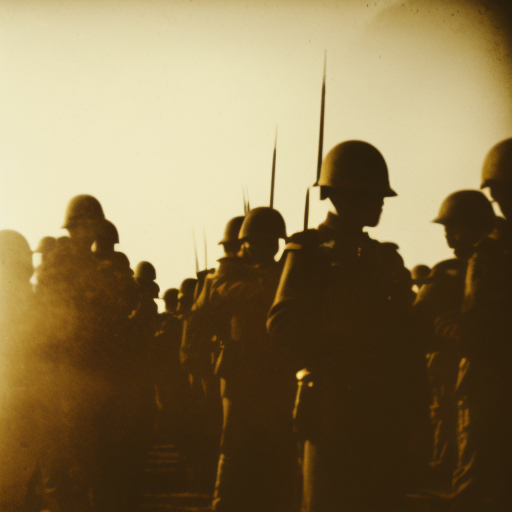Battle of Haengju: A Defining Moment in Korean History
The Battle of Haengju, fought on February 14, 1419, was a pivotal event in Korean history that showcased the resilience and determination of the Joseon Dynasty against foreign invaders. This battle, which took place during the reign of King Sejong the Great, saw a small Korean force successfully defend the fortress of Haengju against a much larger Ming Chinese army. The victory at Haengju not only bolstered Korean morale but also marked a turning point in the power dynamics between Korea and China.
The Background
During the early 15th century, the Korean Peninsula was caught in the midst of a power struggle between the Ming Dynasty of China and the Joseon Dynasty of Korea. In an attempt to assert their dominance over Korea, the Ming Dynasty launched several military campaigns, seeking to control the Korean government and establish a puppet regime. The Battle of Haengju was a direct result of these tensions.
The Ming Invasion
In 1419, a massive Ming army, led by General Kim Jong-seo, marched towards Haengju Fortress, a strategically important location in present-day South Korea. The fortress was defended by General Kim Jong-seo’s brother, Kim Jong-seo, who commanded a small but determined force of around 5,000 soldiers. The Ming army, estimated to be around 30,000 strong, was confident in their numerical superiority and expected an easy victory.
The Battle
As the Ming army approached Haengju Fortress, they launched a series of attacks to breach its defenses. However, the Korean defenders, led by General Kim Jong-seo, fought valiantly, repelling wave after wave of Ming assaults. The Korean forces utilized their knowledge of the terrain and the fortress’s strategic advantages to their advantage, making it difficult for the Ming army to gain a foothold.
The Turning Point
Despite their initial setbacks, the Ming army continued their relentless assault on Haengju Fortress. However, a critical turning point occurred when General Kim Jong-seo was struck by an arrow and fell from his horse. Instead of retreating, the Korean soldiers rallied around their fallen leader and fought even harder, inspired by his bravery and determination. This turn of events demoralized the Ming army and gave the Korean defenders a renewed sense of purpose.
The Korean Victory
After several days of intense fighting, the Ming army finally retreated, unable to overcome the determined resistance of the Korean defenders. The Battle of Haengju ended in a decisive victory for the Joseon Dynasty, with the Ming forces suffering heavy casualties and humiliation. The Korean victory at Haengju not only preserved their independence but also served as a powerful symbol of Korean resistance against foreign aggression.
The Legacy
The Battle of Haengju had far-reaching implications for Korean history. It solidified the Joseon Dynasty’s legitimacy and bolstered their confidence in their ability to defend against foreign invaders. The victory also marked a turning point in the power dynamics between Korea and China, as the Ming Dynasty’s failed invasion weakened their influence over Korea. The Battle of Haengju remains a celebrated event in Korean history, symbolizing the indomitable spirit and resilience of the Korean people.
In conclusion, the Battle of Haengju was a significant event that showcased the determination and bravery of the Korean defenders against a much larger Ming Chinese army. The victory at Haengju not only bolstered Korean morale but also marked a turning point in the power dynamics between Korea and China. The battle’s legacy continues to inspire Koreans to this day, serving as a reminder of their ability to overcome adversity and defend their independence.












